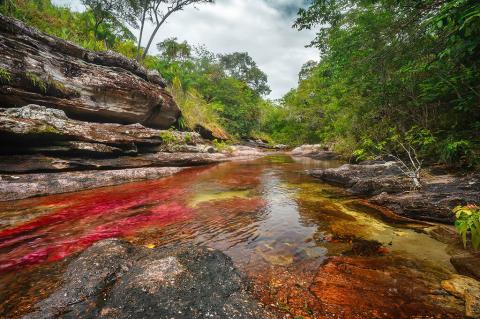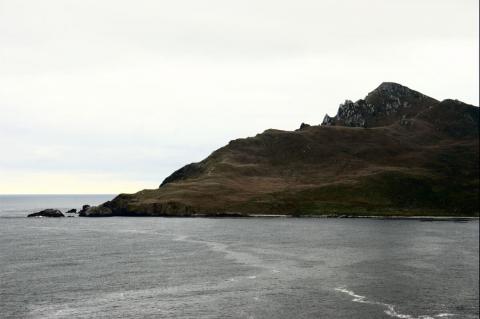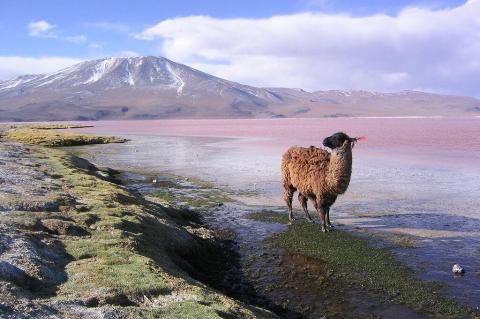Angel Falls: Canaima National Park (Venezuela)
Angel Falls, the highest uninterrupted waterfall in the world, is located in the Canaima National Park in southeastern Venezuela along the border between Guyana and Brazil. Partially covered by table mountain formations, the sheer cliffs and waterfalls form a spectacular landscape.









